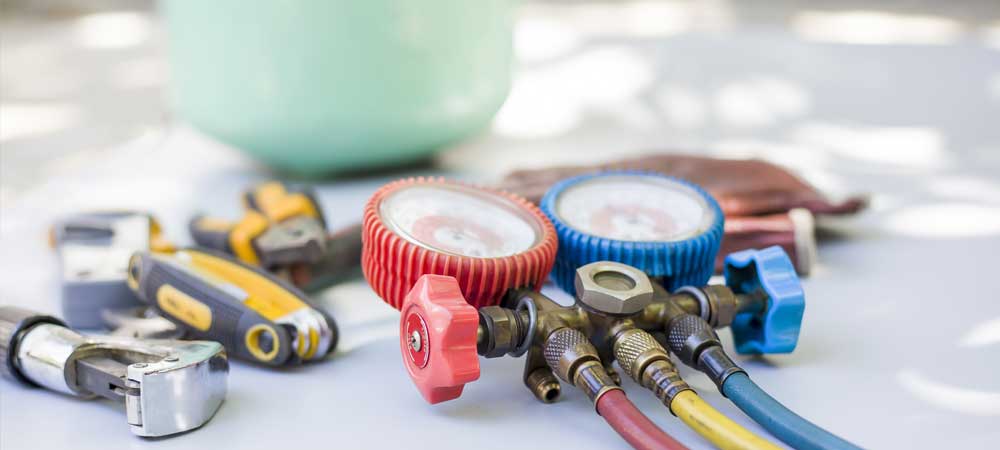What is the Refrigerant Cycle?
Ever wonder how your air conditioning system works? If you’re like most Tampa homeowners, then you’re probably just glad that it works, period. If you are curious, however, then we have a special treat for you. Follow along as we go through the AC refrigerant cycle and how it works.
Refrigeration, Explained
Your air conditioner has one job: to keep your home at a comfortable temperature. That means cooling the air or, to put it this way, removing the excess heat in your home’s indoor air. Modern air conditioners achieve this through a process that absorbs and relocates heat from one place to another.
Believe it or not, your refrigerator operates on the same principles. The only difference is that it’s keeping a much smaller and self-contained area cool and at a lower temperature. In fact, refrigeration itself has been around since the 1800s, although it didn’t take off in residential homes until the late 1920s.
The Stars of the Show
You might have notice that there are plenty of moving parts that make up your AC system. Most of these parts are devoted to the AC refrigerant cycle: In fact, here are the most important ones:
- Compressor – This device compresses and pushes the refrigerant through the system.
- Condenser – Located in the outdoor cabinet, this component helps the refrigerant shed heat.
- Metering Device – It restricts and varies the flow of refrigerant entering the evaporator.
- Evaporator – Located in the indoor air handler, it helps the refrigerant absorb heat from the passing air.
- Refrigerant – The medium used to absorb and transfer heat from one place to another. Can turn into a gas, vapor or liquid depending on where it is during the cycle.
If anyone of these components fail, then it’s lights out for your AC system. That makes routine maintenance crucial for keeping your AC system in great shape.
The Cycle, in a Nutshell
As the name implies, the compressor takes the refrigerant in its low-pressure gas form and compresses it into a high-pressure gas. This also forces the refrigerant out of the compressor and into the condenser. The refrigerant is also much hotter than before.
As the refrigerant travels through the condenser, it loses heat and condenses into a high-pressure liquid. At this point, it’s also shedding heat to the outdoors.
The high-pressure liquid hits the metering device, which in most cases is an expansion valve or capillary tube. The refrigerant hits a dam of sorts, causing it to slow down and expand as it’s forced through a much smaller opening than before. This turns the refrigerant into a low-pressure liquid.
The refrigerant hits the evaporator as a low-pressure liquid. This allows the refrigerant to absorb heat from the air passing through the evaporator. While this happens, the refrigerant also evaporates into a low-pressure gas. Afterward, the refrigerant returns to the compressor as – you guessed it – a low-pressure gas.
Issues to Look Out for
With so many parts involved in the AC refrigerant cycle, it only takes the failure of one to bring the entire cycle to a halt:
- Refrigerant leaks
- Compressor failure
- Expansion valve or capillary tube failure
- Airflow blockage at the evaporator or condenser Accidental under- or over-filling of refrigerant
- Using the wrong type of refrigerant
- Severe rust and/or corrosion on the evaporator or condenser
Count on the Experts
Whenever there’s a problem involving your air conditioner and the AC refrigerant cycle, give the pros a call: 813-689-2082. Using our experience and expertise, our trained AC maintenance experts can help bring your system back to life. Call us today or visit us online to learn more.


